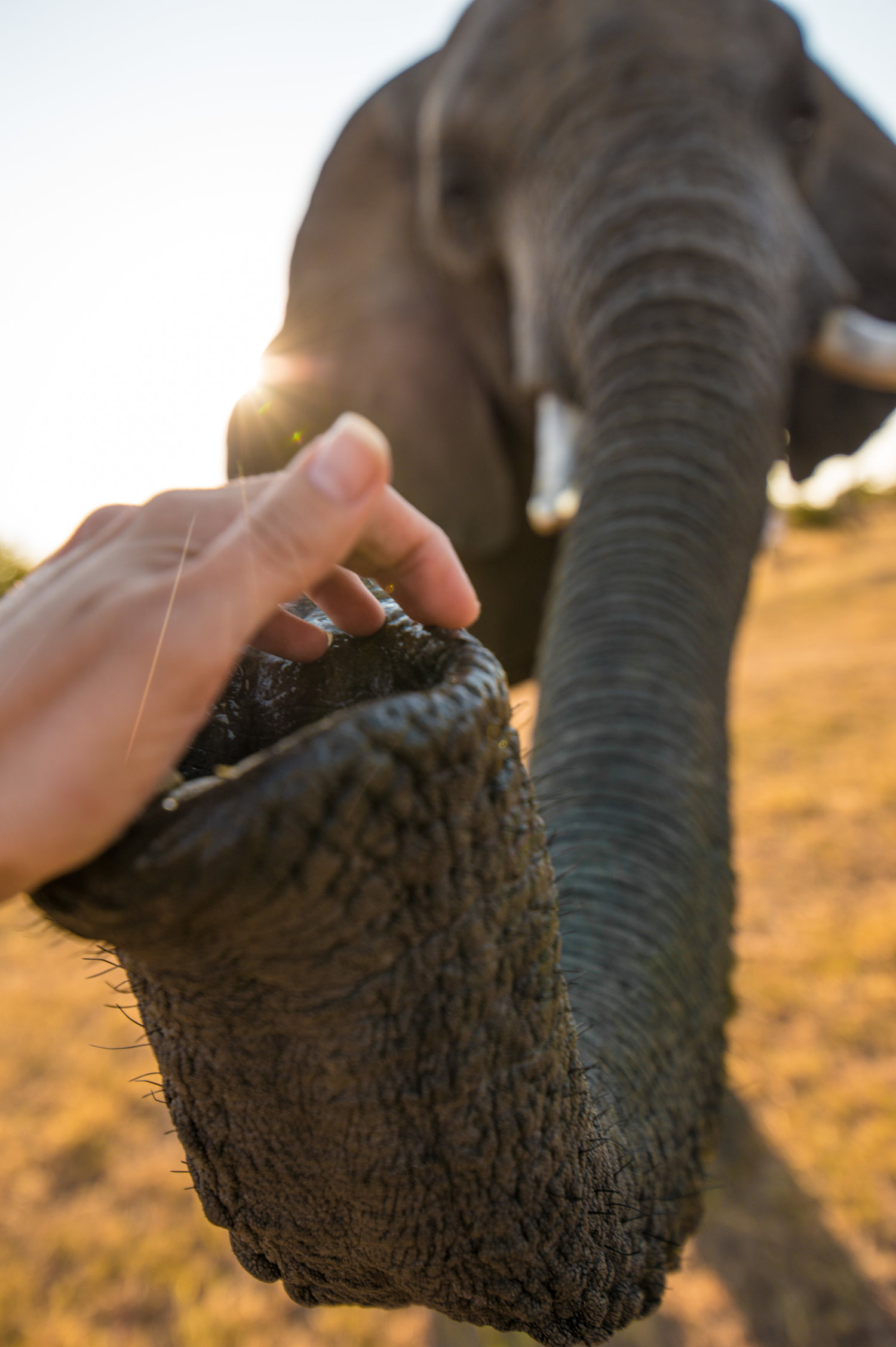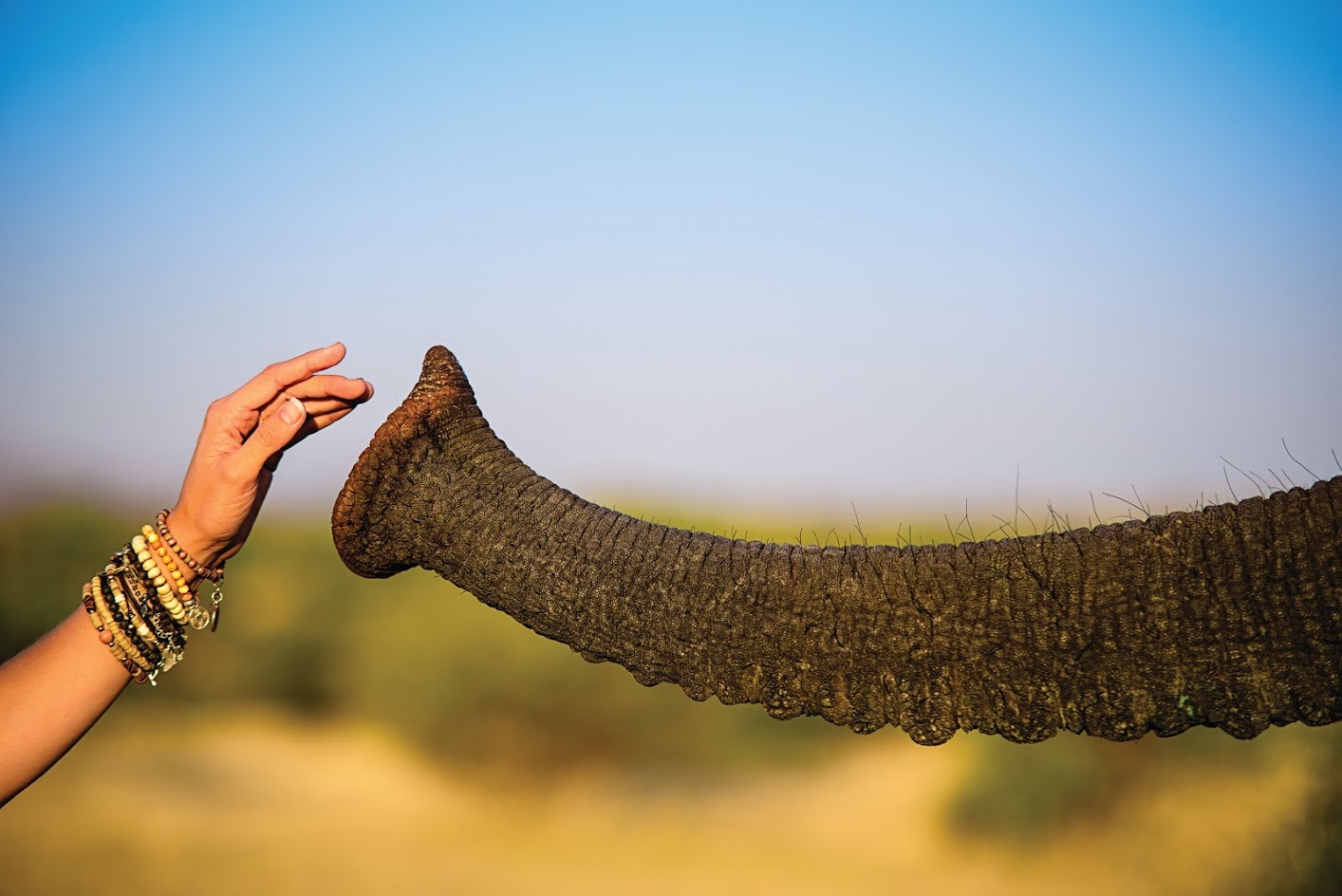Photo by www.grahamdelacy.com

Conservation in context



About Us
As the human population grows, natural resources are being used up at a rapid rate and large areas of land are being converted for human use. This is not only true in the rain forests of South America and the deltas of Asia but also in Africa. For the African elephant, this has meant a significant decrease in the size of their natural habitats.
Opinions about how to manage land and the wildlife and people on it are plenty and debates are often heated. The fact is however that today elephants roam only 17% of the land that was available to them 200 years ago.
Opinions on wildlife management are plenty
On one end of the scale, conservationists believe that the environment and its resources should be used by humans and managed in a responsible, sustainable manner. They see the value of the environment as the goods and services that it can provide to people.
On the other, the preservationists believe that the environment, land and its natural resources should not be consumed by humans and should instead be maintained in their “natural” form. (See source reference)
It’s probably quite safe to say that a preservationist approach is today no longer possible given the degree of habitat loss and the large differences between the haves and the have-nots in rural Africa. This then leaves us with the conservationist approach, which includes almost all other approaches to land and wildlife management and protection. Here one can find global NGOs, national parks, eco-tourism, game reserves, game parks, zoos and trophy hunting, to name a few.
Each conservation discpline has its pros and cons
Each of these conservation disciplines has its advantages and its disadvantages. Not everyone wants nor agrees with trophy hunting for example. Some advocate eco-tourism despite the increase pressure on the park from required infrastucture. There are plenty of opinions on having animals in captivity despite the fact that in legitimate organisations they are safer and less stressed than in the “wild”. (“Wild” in this context refers to a large, but enclosed area of land. “Wild”, without borders, no longer exists). Some animals are rescued and are returned to the “wild” only to be poached, or die of starvation due to overpopulation. Legislation is made by politicians to outlaw ivory hunting and poaching worsens. Activists run campaigns to save all animals regardless whether the land the animals are on can support them or not. And so the challenge of conservation continues in a whirlwind of opinions and politics.
“In the absence of one perfect solution that fits all and large spread poverty in rural Africa
we believe that there is space for all conservation efforts. ”
Today’s world is no longer ideal and everything needs to have a value (sentimental, artistic, monetary or otherwise). If it doesn’t the item is of little or no use and will be disregarded for something that is of value or pays its way. If a dairy farmer cannot live on the milk, leather or meat from his cows, he will have to close down and find other ways to make a living. Similarly, an African cattle owner would need to benefit more from returning his land to wildlife than from continuing to breed cattle. Many rural African communities would happily see the end of elephant, lion, buffalo, baboons, etc, because they see no value in keeping them.
Wildlife needs to have value to as many people as possible
Against this background, we believe that wildlife needs to have value to as many people as possible. The wider the value parameters (tourism, photography, film, food, detection of disease, etc) the more people will be interested in protecting the future of the species, the less vulnerable the species. If we can show that elephants are assets to those of us who only want to photograph them right through to those of us who need them to feed our children, then we have made a difference and contributed to their continued survival.
Adventures with Elephants contributes to wildlife conservation by spreading knowledge of the African elephant to men, women and children of all walks of life and professions. We’re also able to provide employment opportunities and tourism to the area in which we operate. Our research aims to further inspire and spread knowledge about the value of this impressive pachyderm.


